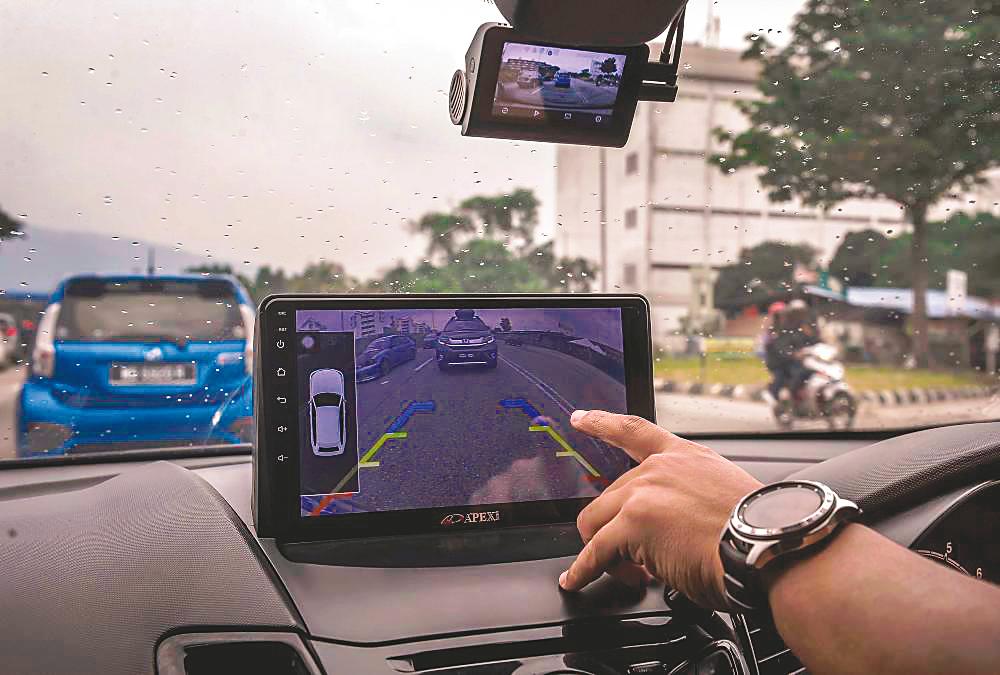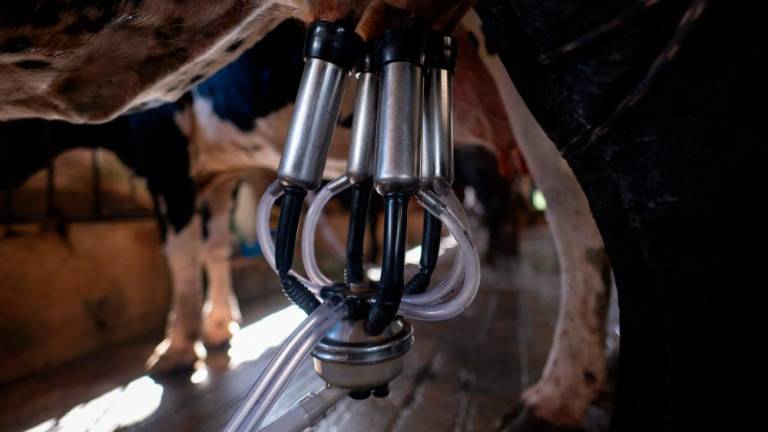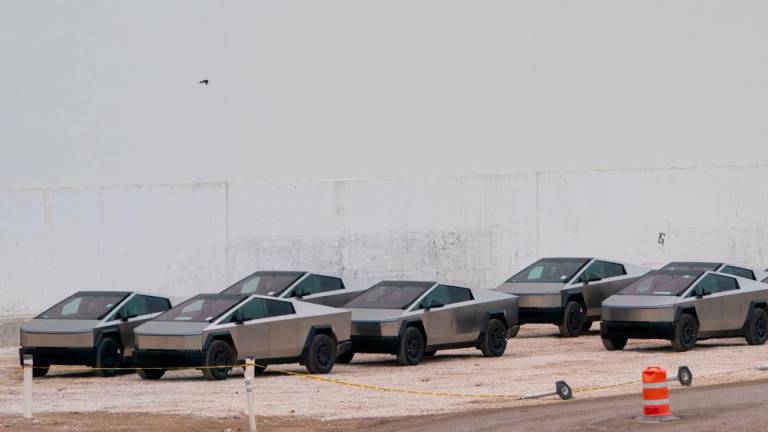AS technology advances, there are many different types of devices that can be used as evidence in court to support or refute specific claims or allegations. The use
of video evidence, including dashcams, closed-circuit television, and body cameras, is one that is rising in popularity.
Recently, the government approved RM30 million in funding for the purchase of body cameras for use by on-duty police officers. This is a good move as it will promote accountability and transparency among our law enforcement personnel. At the same time, using body cameras will also increase public confidence and trust in our enforcement personnel.
In today’s world, the use of video evidence has become a matter of urgency, especially when there is an issue or allegation involving misconduct. Body cameras can be vital in providing evidence to support or refute any issues or allegations raised.
It is important to note that video documentation is not limited to body cameras. With the increase of other devices, people can also capture videos using a mobile phone or digital camera, which sometimes can be used as evidence. However, there are strict procedures for them to be admissible in court.
Videos can be used as evidence and is provided for by law in our country. Section 3 of the Evidence Act 1950 [Act 56] states that the definition of evidence includes: (a) All statements which the court permits or requires to be made before it by witnesses in relation to matters of fact under inquiry, which are called oral evidence; and (b) all documents produced for the inspection of the court, which are known as documentary evidence.
It is crucial to note that the word “includes” means that any item can be given as evidence in order to support or substantiate a case. This view is based on the case of Chin Seow Noi v PP [1994], where the court said: “The use of the single word ‘includes’ in Section 3 is clearly intended to make the definition an extensive one”. This means that the word “evidence” in the section goes beyond the narrow statutory meaning as explicitly set out. As such, evidence is not confined to only oral or documentary, but includes videos.
As long as the evidence tendered is relevant, it will be accepted by the courts. Additionally, videos can also fall under the category of documentary evidence as provided under Section 3 of the same Act, which is extensive and includes video evidence from body cameras, closed-circuit televisions and dashcams.
Subject to the authentication process of documentary evidence provided under Sections 61 until 66 of the Evidence Act, submission of videos as documentary evidence can also help build a legal case in court.
Video evidence can also fall under the category of digital or electronic evidence under the same Act. Admissibility of digital or electronic evidence is governed by Sections 90A, 90B and 90C of the Evidence Act, and is commonly known as a document produced by a computer.
The acceptance of digital or electronic evidence can be seen
in many decided cases like Gnanasegaran Pararajasingam v PP [1997], CA, Hanafi Mat Hassan v PP [2006], CA, Ahmad Najib Aris v PP [2009], FC, Petroliam Nasional Berhad (Petronas) v Khoo Nee Kiong [2003], PP v Ong Cheng Heong [1998], and many more.
Though the use of video evidence has become prominent in many countries, including here, we should also prevent any misuse of such devices.
With today’s advanced technology, it is easy for criminals or perverts to hide cameras or spy cams in fitting rooms or public restrooms.
Videos should not be used for crimes or infringe peoples’ privacy. Thus, it is important for the government to enforce the stalking law, which was passed by Parliament last year.
In early October 2022, the Dewan Rakyat approved a law which makes stalking an offence. The public should constantly be educated and reminded to not misuse any devices for criminal activities. High-tech devices should be used cautiously, wisely and responsibly.
Dr Muzaffar Syah Mallow, Associate Professor, Faculty of Syariah and Law, Universiti Sains Islam Malaysia. Comments: letters@thesundaily.com














